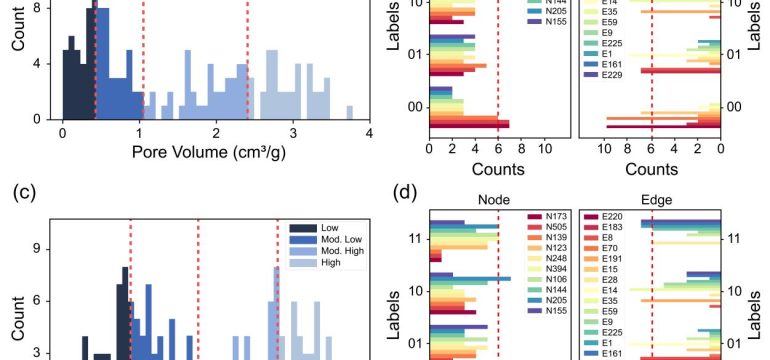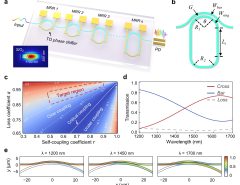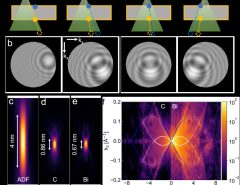Authors: Shinyoung Kang, Jihan Kim
Published on: May 20, 2024
Impact Score: 7.4
Arxiv code: Arxiv:2405.11783
Summary
- What is new: Introduction of quantum natural language processing (QNLP) models to classify and predict metal-organic frameworks (MOFs) properties.
- Why this is important: The challenge of designing metal-organic frameworks (MOFs) with specific characteristics such as pore volume and hydrogen uptake.
- What the research proposes: Using various QNLP models to categorize and predict MOF properties, and identifying the bag-of-words model as the most effective.
- Results: High accuracies were achieved in binary and multi-class classifications for predicting MOF properties, demonstrating effective inverse design capabilities for targeted properties.
Technical Details
Technological frameworks used: IBM Qiskit
Models used: bag-of-words, DisCoCat, sequence-based models
Data used: 150 hypothetical MOF structures with 10 metal nodes and 15 organic ligands
Potential Impact
Material science companies, hydrogen storage industry, companies involved in gas storage and separations technologies
Want to implement this idea in a business?
We have generated a startup concept here: QuantumMOF.



Leave a Reply